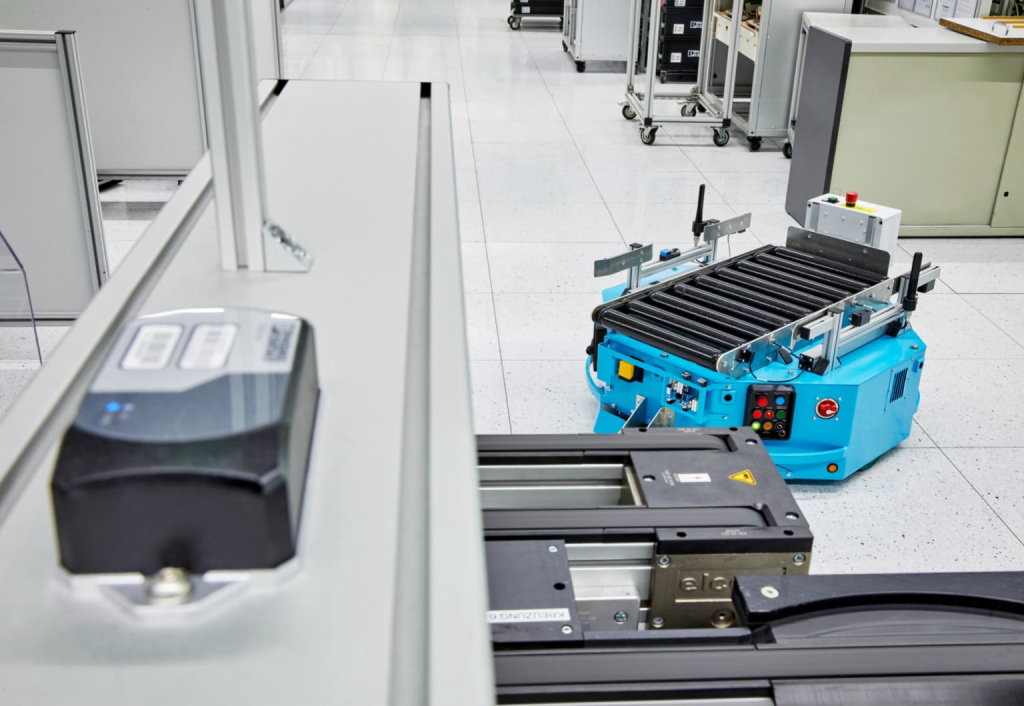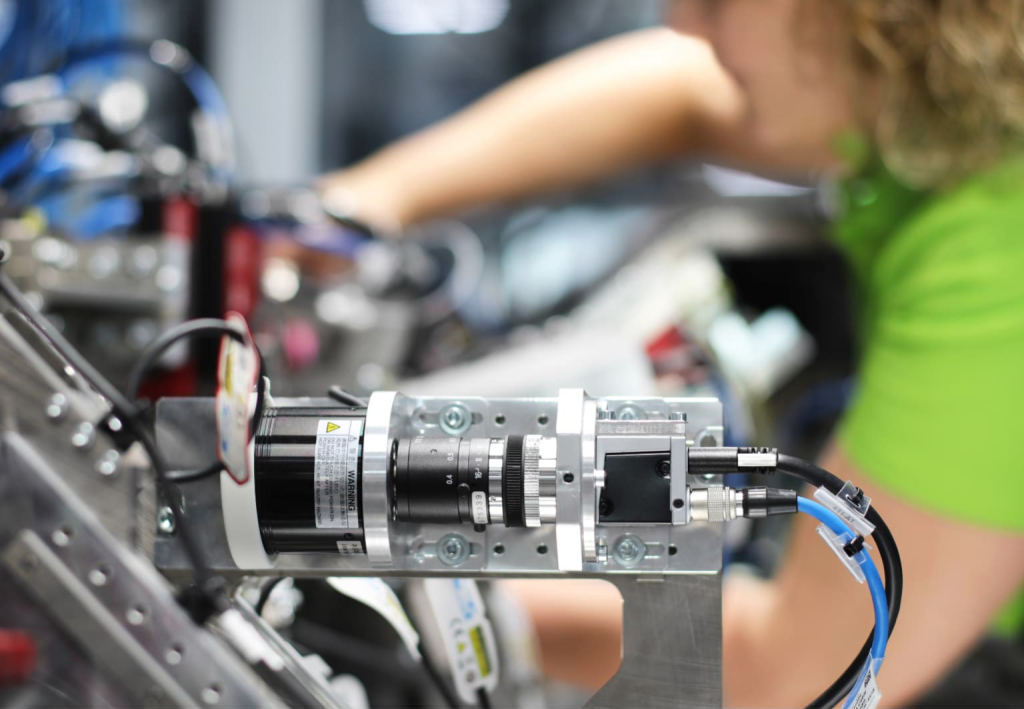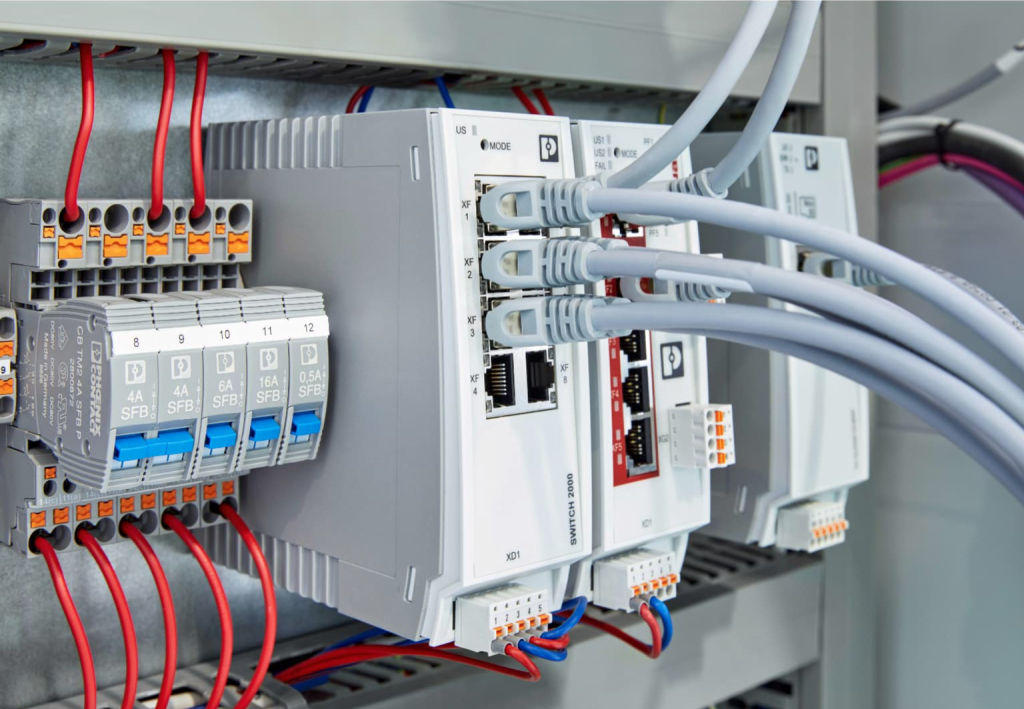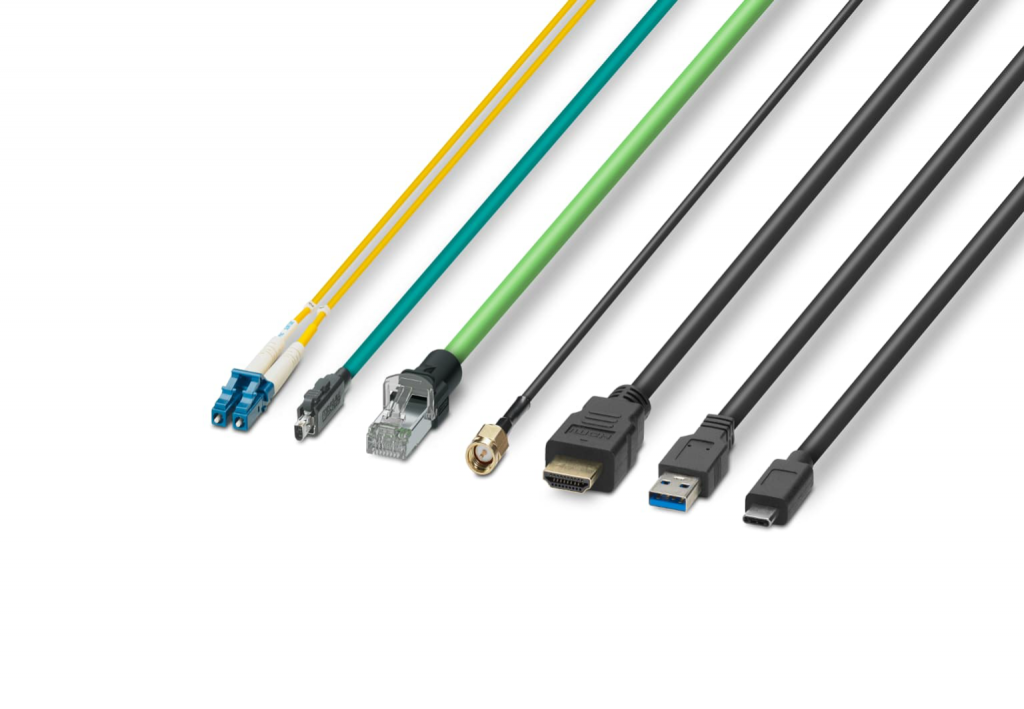Energy savings of up to 80 percent possible
Smart infrastructure solutions are not limited to large cities, as evidenced by the Sicilian municipality of Giardinello. While some think of smart cities as futuristic mega-cities, there are many smaller towns and villages where these solutions can be implemented. The principle behind smart city applications is to make life more convenient for citizens, contributing to improvement or mitigating deterioration. In times of crisis, such as the Corona pandemic and energy shortages, smart city solutions can offer opportunities for smaller cities to adapt and improve their infrastructure.
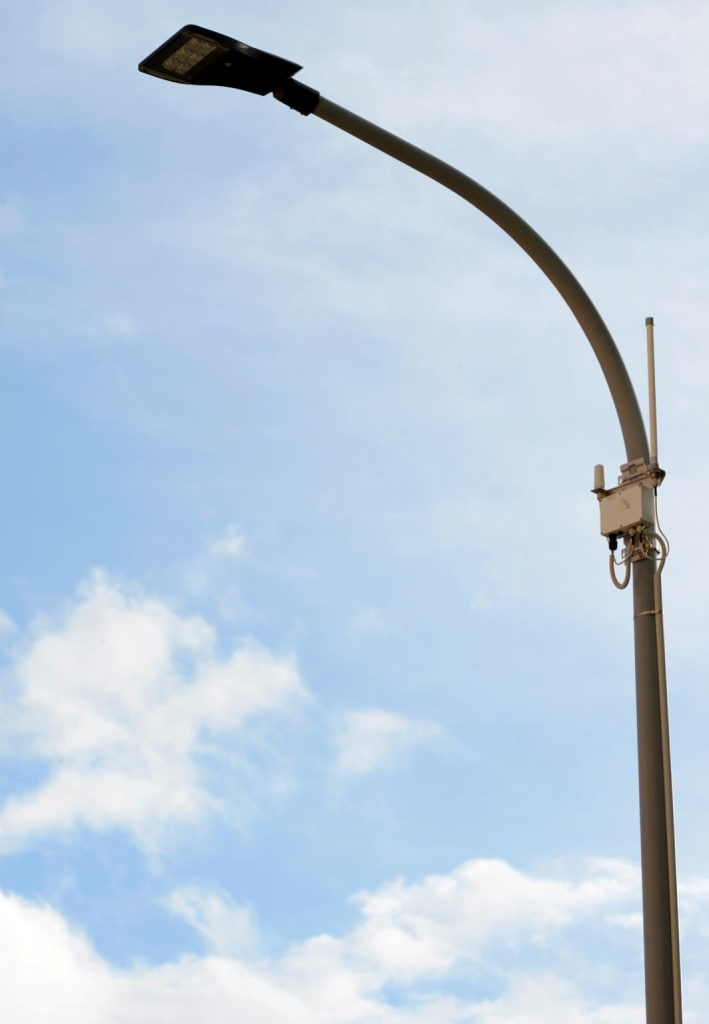
The challenge: integrating different types of luminaires
Giardinello, a small Sicilian town, is considering smart solutions for its public infrastructure to reduce energy consumption and save costs. The town has converted to LED technology and is now implementing a modern, digital solution for public street lighting management. The goal is to provide flexibility, energy savings, and a scalable technology that eliminates dependence on one manufacturer. The application must be designed and protected accordingly, considering the different types of luminaires and their impact on the village’s character.

The solution: communication via the LoRaWAN standard …
Modern lights use a Zhaga socket for interface and communication, unlike historical lamps with no modern Zhaga interface. The LoRaWAN standard, based on the OSI model, includes both the link and network layers, with double AES encryption for end-to-end cryptography. This new communication technology addresses the limitations of traditional Zhaga sockets and offers improved connectivity and security.
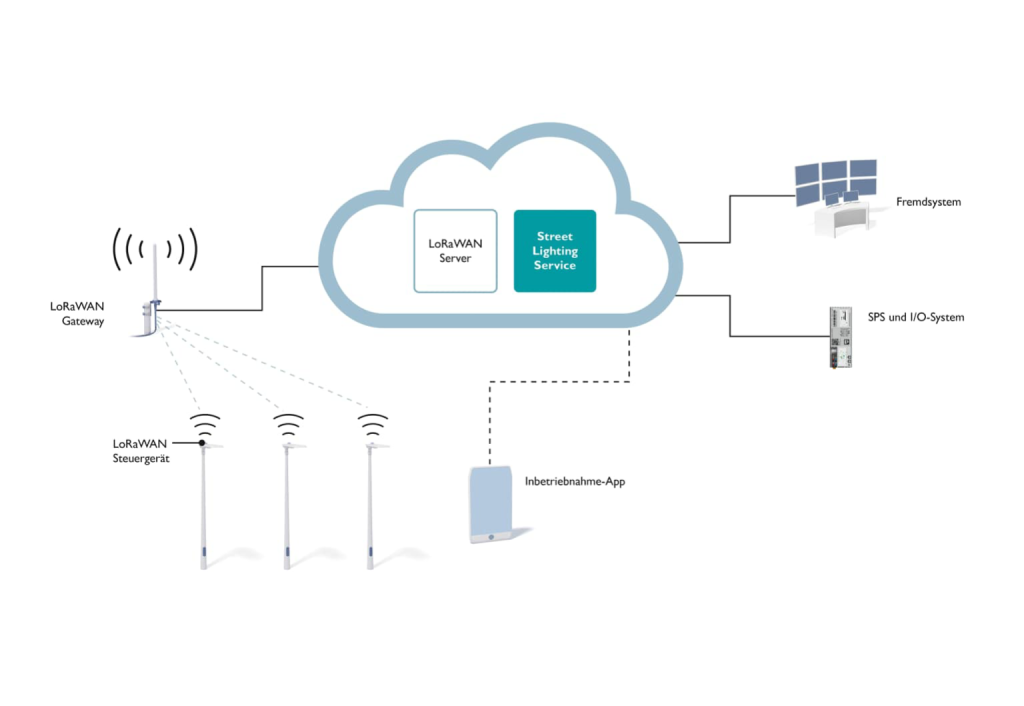
… as well as the Zhaga interface or a universal control device
LoRaWAN is a low power (LP)WAN technology used in Europe for data forwarding. It operates in the narrowband ultra-high frequency range (863-870 MHz) and offers up to 40 kilometers of range in rural areas and high penetration of building walls in urban areas. To implement a LoRaWAN network, luminaires use Luminaire Controller Units (LCU) or universal control units (LCU) with Dali-2 protocol. The system architecture follows a classic star topology, with three LoRaWAN gateways in Giardinello for high-quality illumination and connectivity.

The special feature: Lighting management as software-as-a-service
The Sicilian municipality is using the Grovez.io IoT platform for urban infrastructure applications. The platform features a LoRaWAN network server, decoder applications, and interfaces for communication. The municipality’s street lighting operator, Giardinello, now uses the Smart Lighting Service as a SaaS, allowing employees to control street lighting remotely. The combination of modern LED technology and LoRaWAN-based control technology allows for individual luminaire control and diagnosis.

The future: integration of vehicle traffic sensors and establishment of an environmental monitoring system
The Smart Lighting Service offers lighting management software that allows users to set various dimming levels, affecting energy consumption and luminaire lifespan. The solution simplifies the setting, and sensors in the field trigger automation. With demand-based lighting, energy consumption can be reduced by up to 80%. Giardinello is exploring further possibilities, including integrating traffic sensors and environmental monitoring systems using LoRaWAN-capable sensors. The community is already smarter than many large cities.
Learn more about Intelligent street lighting and Smart city: sustainable and livable.



